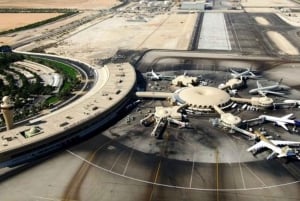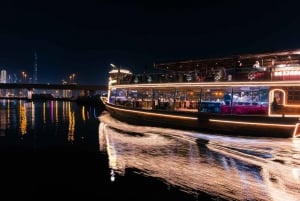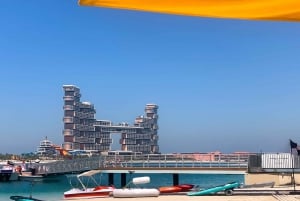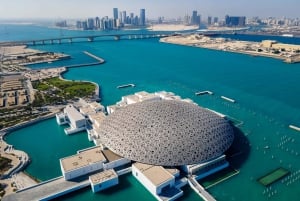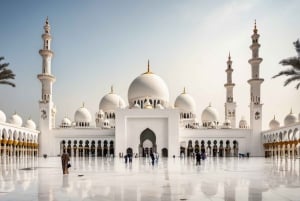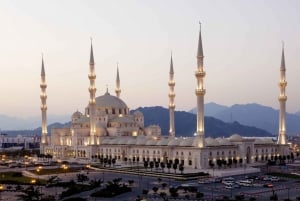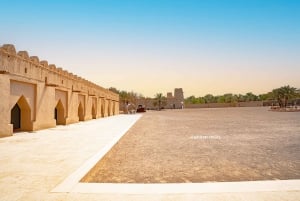Al Ain National Museum, Al Ain, UAE
The Al Ain Museum provides an accurate and beautiful montage to understand the life and culture of the region’s past. The archeological discoveries were resulted during the oil exploration stage during 1950’s and Al Ain National Museum was founded to host the valuable findings obtained from the Island of Umm Al Nar, Jabel Hafit, Hilli and Bida’ bint Saud.
The museum has two main sections: archaeology and ethnography.
1. Archaeology: Significant artifacts beginning with the Stone Age, then the Bronze Age over the Hellenistic eras and ending with the Islamic Ages are featured in the archaeological section, which validates early settlement and occupation in the area dating back thousands of years. An extensive collection of discoveries during these various ages such as blades, borers, burins, arrowheads and scrapers, stone lids, shells and pottery characteristic of each of the distinct era are displayed in a chronological order, guiding the visitor on his or her travel back in time and to realize the modern developments and the cultural transition, which the United Arab Emirates has witnessed following the discovery of oil with all its socio-economic impacts.
2. Ethnography: A more intimate experience is provided to the guest in the ethnography section, with a careful presentation of the life of people occupying the region during the pre-oil era and thereby establishing the peculiarity of the local culture. It presents remarkable phases in the life of a typical citizen of the era birth, education, marriage, and working life. A collection of female jewellery (pendants, hairpins, necklaces and bangles) from the Stone Age, the agricultural techniques or tools, some old versions of the Holy Quran, manuscripts, women's clothes and cosmetic materials are also featured in this section.
You may also visit the Sultan Fort (Eastern Fort), which is situated opposite the Al Ain National Museum. The Sultan fort in Al Ain is made of sun-dried mud brick and clay and it was built around 1910 by the grandfather of His Highness Sheikh Khalifa. The fort has four rooms and three round towers, where one tower reportedly served as a jail.
Location
The Al Ain National Museum lies downtown, on the east side of Al Ain Oasis, coming from on the left side of Zayed bin Sultan Street, near the Murabba’ Roundabout.


